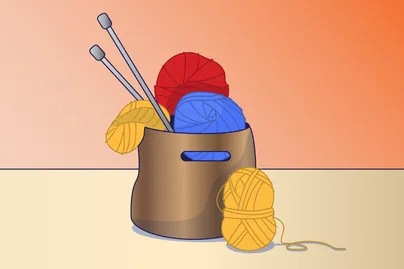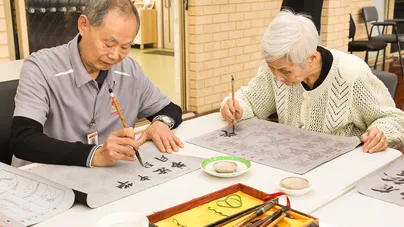Craft activities are very popular among people of all ages. From 2021 to 2022, 32% of adults took part in at least one art or craft activity.
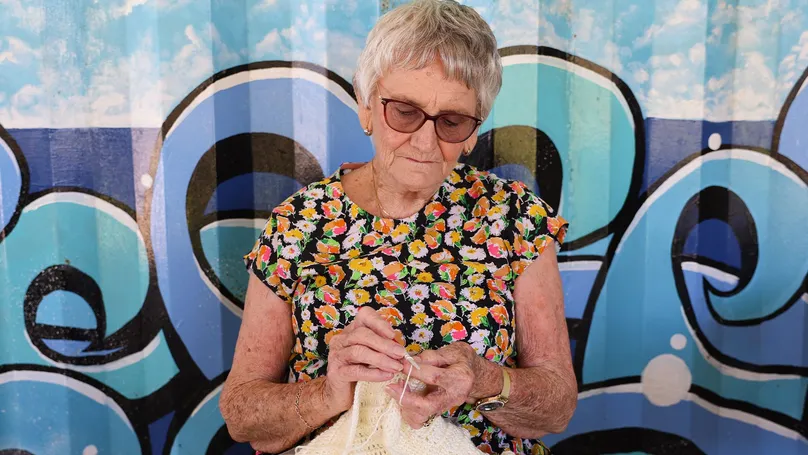
Benefits of arts and crafts for older people
Doing craft activities and other creative hobbies has many benefits:
- You can maintain traditional skills or skills you have learned from past generations.
- It can be an opportunity for self-expression and creativity.
- The actual ‘doing’ of a craft activity can support your mental health.
- Craft can give you a sense of achievement, enjoyment, and fun!
You could choose to make practical items like blankets or clothing for you, your family, or for charity. Handmade gifts are a great way to connect with your loved ones.
Craft for your mental health
Doing craft activities can support your mental health.
For your mental health, craft activities can:
- Help achieve mindfulness, concentration, and relaxation
- Reduce stress, anxiety, and depression
- Give you a sense of purpose and a goal to move towards (the end product)
Craft for your physical health
Doing craft activities can also benefit your physical health.
For your physical health, craft activities can:
- Exercise your finger dexterity, grip strength, motor skills, and hand coordination
- Give you a reason to get out and involved in the community to buy those craft supplies or maybe join a crafting club with others
Craft for your brain health
Creative hobbies such as art and craft can be a good exercise for your brain.
For your brain health, craft activities can:
- Exercise your planning and sequencing skills
- Help improve your concentration and memory
- Strengthen your cognitive reserve, which means fortifying your thinking skills as you age
Craft to stay connected
Crafting can be a very social hobby. It's perfect for spending time with others while working on your own thing. This takes the pressure off when it comes to making conversation.
Here's how crafting can help you socialise:
- You can learn a new crafting skill through adult education centres or the University of the Third Age.
- Local craft stores often offer classes or groups to meet others or learn a new craft skill.
- Check through your council for local craft meet-ups and coffee mornings.
- Some travel organisations offer weekend getaways or travel tours for specific craft activities.
Video: Shorehaven Yarners
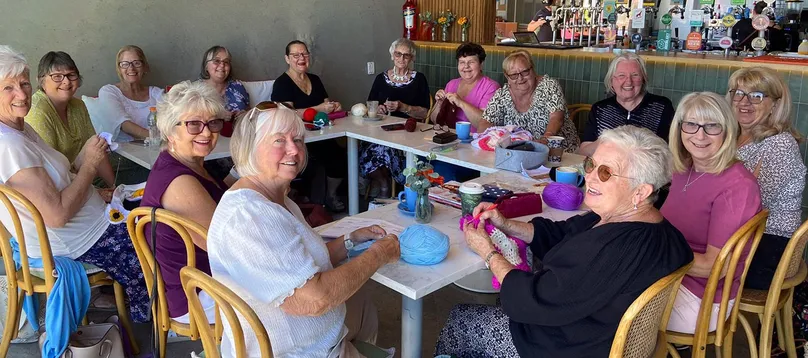
Hear how Sharon used a crafting group to rebuild her social network after downsizing.
3 easy craft ideas for older people
Here are 3 popular and simple craft activities for older adults. It's possible to start these hobbies without spending a lot of money on equipment or materials.
1. Card-making and scrapbooking
Create your own sentimental keepsakes and gifts!
You'll just need some inexpensive supplies such as paper, tissue paper, card, scissors, and paper glue.
You can also enhance your homemade greeting cards or scrapbooks with assorted adornments. These could be anything from beads and ribbons to fabric scraps and other beautiful things.
Some large-handled scissors may be useful if you feel pain in your hands when using small tools.
2. Knitting and crocheting
For knitting, all you need is yarn and knitting needles. You can start with an easier task, like knitting a scarf, and move onto the harder projects as your skills develop.
Crocheting is like knitting but uses a hook rather than needles.
Needles and hooks can come in larger sizes or ergonomic shapes, to make crafting easier on your hands.
Here are some examples of adaptive needles you can use:
Here are some charities you can donate your handmade items to:
- Knit One, Give One (KOGO)
- Knit4Charities has a Project Calendar of monthly and ongoing challenges. Each challenge lists different community groups looking for knitted products.
- Australian Red Cross trauma teddies
3. Object painting
If you want to start painting but don't know what to do with a blank canvas, you may enjoy painting rocks or other small objects. With acrylic paints, you can paint small, clean stones or other items like terracotta pots for your garden.
You can use super glue to attach little rocks to each other, to create all sorts of wonderful shapes for painting. These can be used as decorations or paperweights. You can also make some to be left in public places to brighten someone's day.
A multi-purpose grip tool might help you to grip a paintbrush with greater comfort and ease.
More assistive technology for craft
As you get older, you may find it more difficult to continue with craft activities. This can be because of an injury or health condition, changes to eyesight, or general aches and pains.
Here are some other products available to help you keep doing the craft activities that you enjoy:
- LED lights with magnifiers
- Chart holders and magnetic boards
- Ergonomic and soft grip craft equipment
- Stitch counters and latch hook eye needles
- Tools for cutting threads and fabric
- Lap stands and hoop stands
- Hand and wrist supports
An occupational therapist can help
An occupational therapist (OT) can help you adapt tasks and find products to help you keep crafting. An OT can help with suggestions to protect your joints and manage any pain you may have. Visit Occupational Therapy Australia to find a practitioner in your local area.
Get in touch with LiveUp
If you need more information, take the LiveUp quiz or get in touch with one of our helpful team on 1800 951 971.
References
Australian Bureau of Statistics. (2023, April). Cultural and creative activities. https://www.abs.gov.au/statistics/people/people-and-communities/cultural-and-creative-activities/2021-22
Mashinchi, G. M., McFarland, C. P., Hall, S., Strongin, D. L., Williams, G. A., & Cotter, K. A. (2023). Handicraft art leisure activities and cognitive reserve. The Clinical Neuropsychologist, 38(3), 683–714. https://doi.org/10.1080/13854046.2023.2253993
Adams-Price, C. E., & Morse, L. W. (2018). Crafts as serious hobbies: Impact and benefits in later life. Craft Research, 9(1), 93–102. https://doi.org/10.1386/crre.9.1.93_1
LiveUp provides free information to help you make informed decisions about your health. This information is for general and educational purposes only, is not intended to provide a comprehensive guide, and does not replace medical advice. Everyone is different, so some of these tips may work better for you than others. You should use your own judgment and seek medical advice when applying this information to yourself, to determine if it is suitable in your circumstances. Your use of, or reliance on, this information is solely at your own risk. Independent Living Assessment Incorporated is not responsible or liable for any injury, loss, or damage caused as a result of your use of, or reliance on, this information.
Download and print this article:
You can print out the PDF and stick it to your fridge or file away the tips to revisit at a later time.
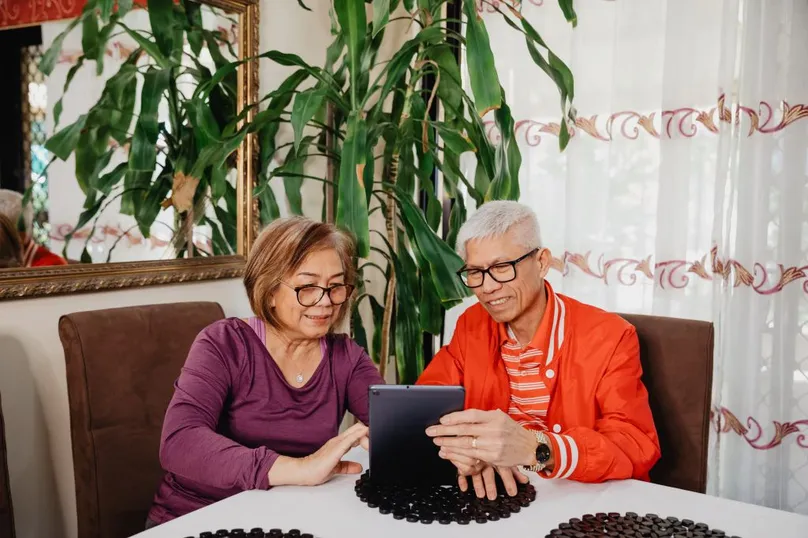
Read more Comfort articles
Did you enjoy this article? You may also like reading similar healthy ageing articles.
See all Comfort articles